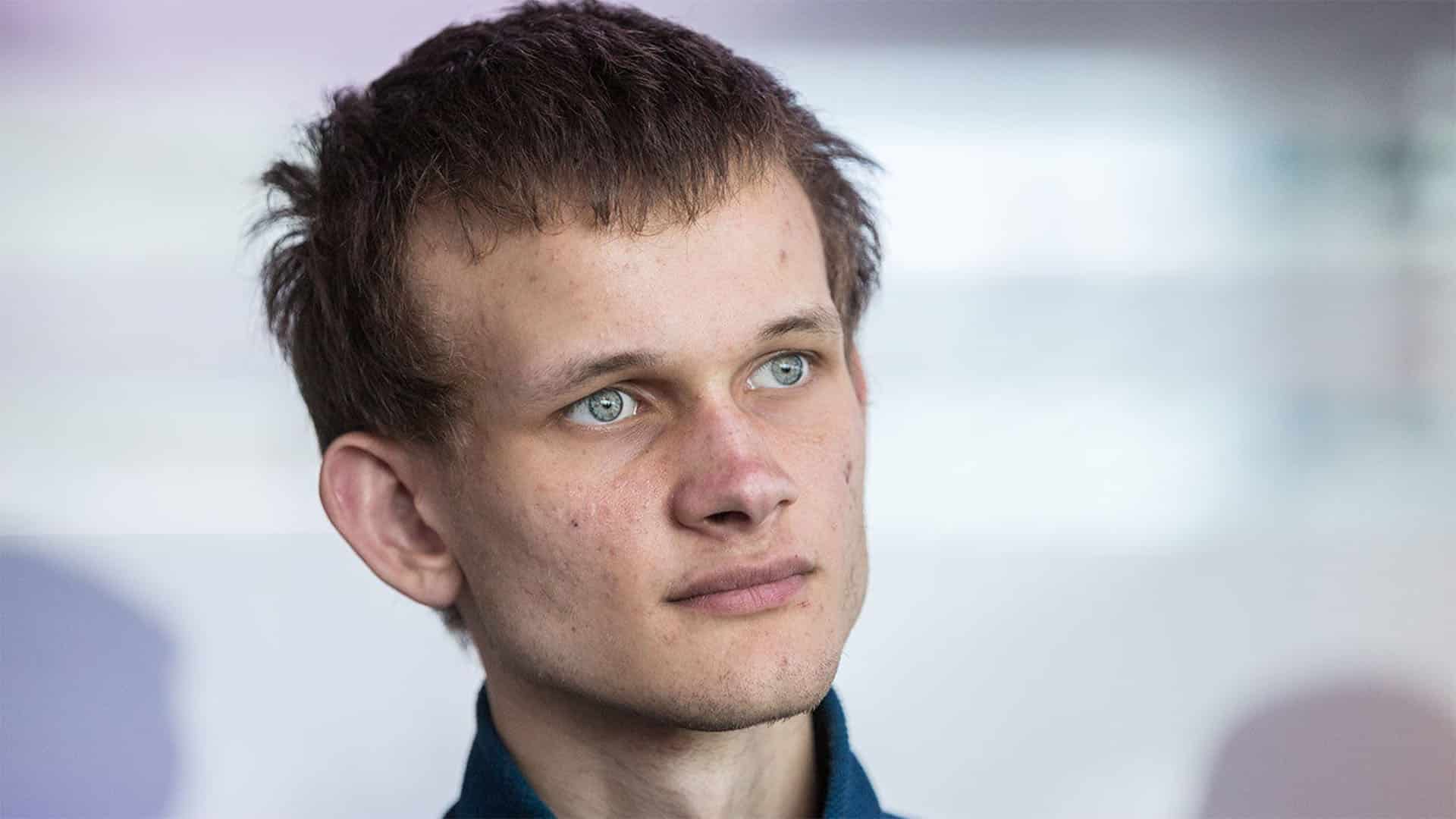Ethereum (ETH) co-founder Vitalik Buterin recently announced Ethereum's updated roadmap for 2024. The new roadmap, which includes “relatively few changes” from its 2023 version, outlines the key priorities of the ETH ecosystem going forward.
According to the roadmap shared by Buterin, priorities include Merge, which has a solid proof-of-stake consensus, and Surge, which aims to process 100,000 transactions per second on Ethereum and Layer 2 networks. Other priorities are Scourge, which focuses on reducing risks around Miner Extractable Value (MEV) and liquid pooling, Verge for easier block verification, Purge to simplify the protocol, and the all-encompassing Splurge.
In his message on Twitter, Buterin supported single-slot finality (SSF) as “the easiest way to solve many of the current weaknesses of the Ethereum Proof of Stake design.” He also praised the progress made in Layer 2 networks and Verkle tree implementations.
Single-Slot Finality (SSF) is known as a concept in Ethereum's blockchain technology that aims to make the blockchain more efficient.
In Ethereum's Proof-of-Stake-based consensus mechanism, 'finality' refers to the guarantee that a block cannot be changed or removed from the blockchain without burning at least 33% of the total ETH produced. This is known as 'crypto-economic' security because there is trust derived from the extremely high cost required to change the order or content of the chain.
Currently it takes about 15 minutes for an Ethereum block to finalize. Most users don't want to wait 15 minutes for results, and having to wait that long to make sure their transactions stick can be inconvenient for apps and exchanges that may want high trading volumes.
SSF aims to solve this problem by enabling Ethereum's consensus mechanism to verify blocks more efficiently and significantly reduce finality time. Instead of waiting fifteen minutes, blocks can be proposed and concluded within the same interval. This means that as soon as a block is added to a blockchain, it is considered final. Thus, delay is eliminated and transactions become faster and more efficient.
However, ensuring SSF requires a compromise between overhead (computing power), decentralization (number of nodes that can participate in verifying the chain), and time to finality.
Buterin also explained that Scourge priorities are being redirected to combat economic centralization in Ethereum in two key “areas”: MEV and liquid staking pool. The growth of Ethereum staking service Lido has raised concerns about economic centralization on Ethereum, especially since the blockchain's transition to proof-of-stake consensus.
Buterin did not provide an estimated timeline for changes to the ecosystem, but noted that the changes are roughly ranked by priority.
*This is not investment advice.










